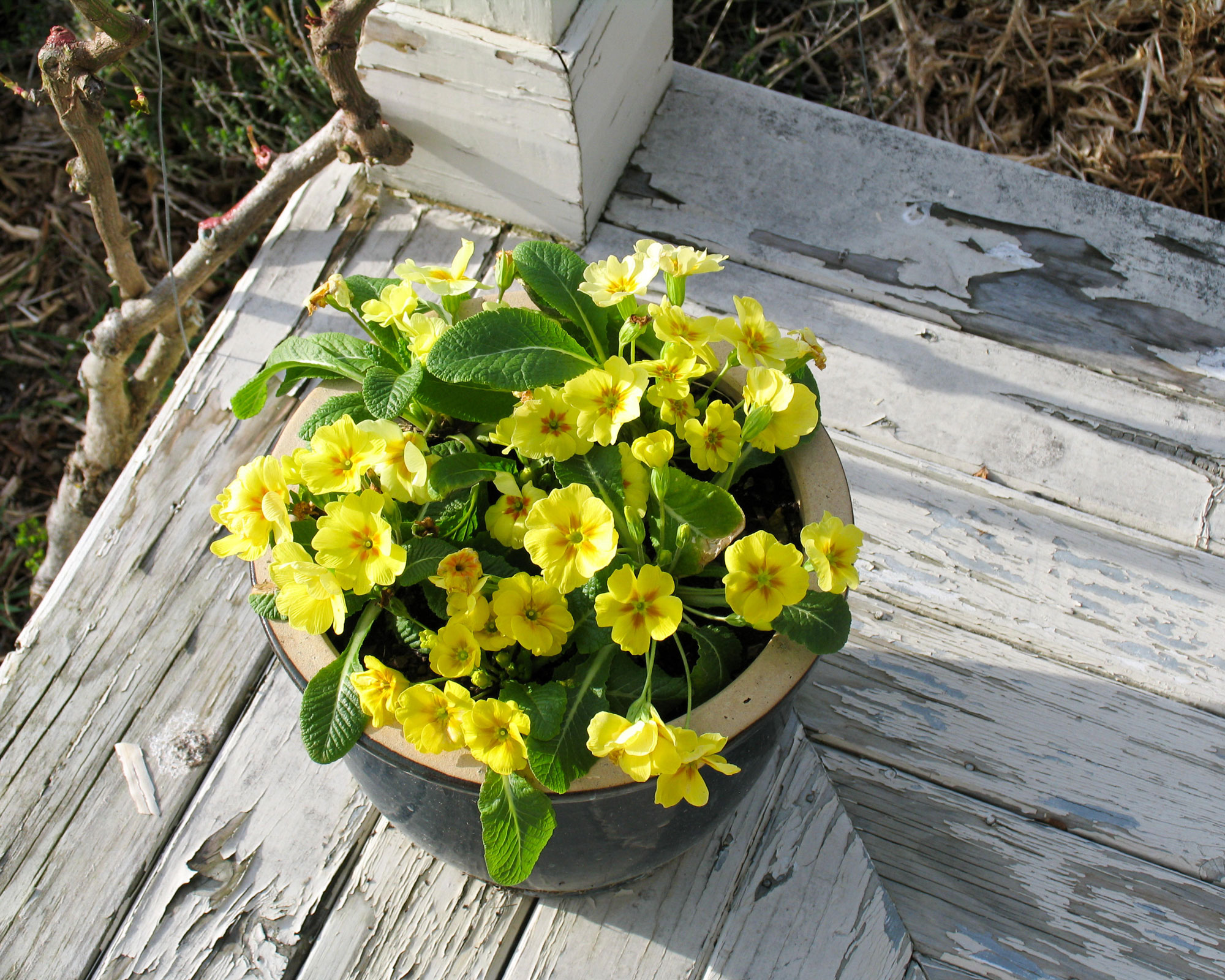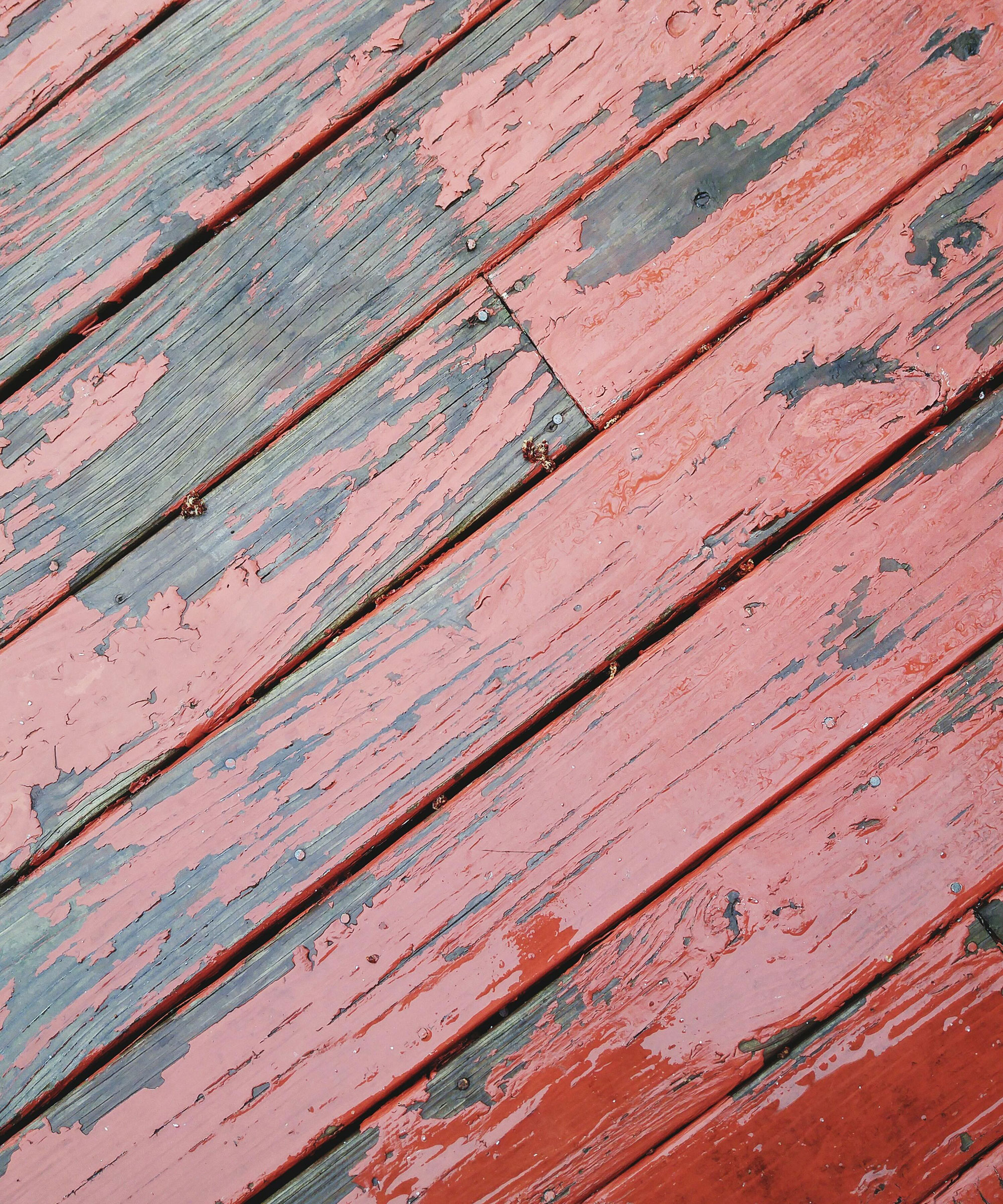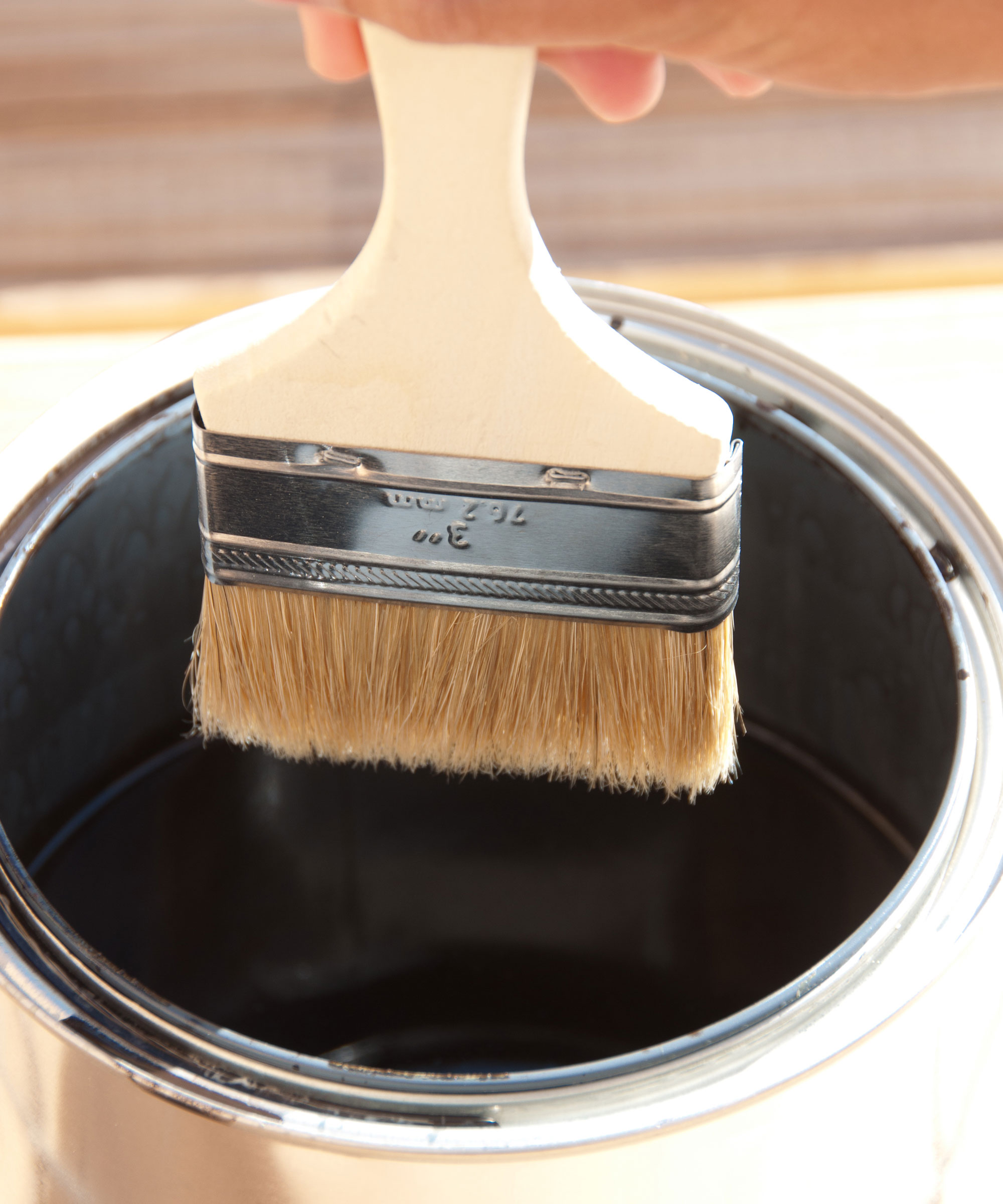How to stop deck paint from peeling: expert tips to stop this common problem
Find out how to stop deck paint from peeling and yours will soon be looking as good as new again


If your deckboards are flaking you need to find out how to stop deck paint from peeling. There are lots of products out there but if you don't choose the right one or apply it incorrectly you could be looking at repainting it all over again in a matter of months. And removing peeling paint from grooved deck boards is a chore no one wants to be spending their spare time on.
Prep is everything whether your deck has never been treated but you want to make sure it doesn't peel or it already has a layer of flaking paint. You may find paints out there that say they don't require preparation but be wary as most do. Once you opt to paint your decking it will need regular maintenance too.
'Paint peels because it's not been able to achieve a true bond with the surface allowing it to work together with the timber substrate,' says Kevin O’Donnell technical specialist at Sadolin. 'It’s important to be decorating either a clean, sound and dry existing coated surface, or if it’s bare timber, it needs to be bright new wood.'
The good news is that if you follow our expert advice, peeling decks will soon be a thing of the past.

What causes deck paint to peel?
'Peeling deck paint is usually caused by poor quality paint, incorrect application, or inadequate surface preparation,' says Charlie Tack of ADA Fastfix. 'Luckily, there are things you can do to fix this and stop it happening again.'
One of the other main causes of flaking paint is moisture. 'This could be in the wood before application, or soaked up afterwards via cut ends or contact with soil or foliage at ground level,' says Laurence Mann of Wood Finishes Direct.
Jet washing before application can also be a deck mistake. Allow the wood a period of days or even weeks to dry fully before painting. 'As wood is a porous substrate it can appear and feel dry, but can in fact be holding moisture that will need to naturally disperse out of the wood over time,' explains Laurence. 'When it's sealed in by a paint or stain it has nowhere to go, causing the product to lift.'
If your wooden deck has water damage, rot, decay or is in an area of high humidity this can also lead to paint peeling. 'Paint does not adhere well to wet or damp surfaces and areas where the deck has begun to rot or decay,' says Allan Jeffrey, MD of Ultra Decking. 'Repainting a wooden deck with these conditions is simply a waste of money. Almost as soon as the deck has been painted it will begin to peel again.'
Decorating a dirty surface also contributes to the problem. Finding out how to clean decking properly is advised to make sure you do the job right before you start your paint makeover.

Allan Jeffrey also suggests looking out for the following potential problems that can cause deck paint to start peeling:
- Using the wrong type of paint: Wood produces natural oils that will prevent the adhesion of certain types of paint. In addition, a smooth wood deck surface will prevent adhesion with some paints.
- Applying too many coats of different paint on the same surface: Oil-based paints will not adhere to latex-based paints. Always use the same type of paint, as applying different types of paint will lead to blistering and peeling.
- Using out of date paint that’s been in storage: Many of the chemicals separate, and can grow mold or mildew. If the paint smells of rotten eggs this can be due to the growth of bacteria so don't use it for your deck decorating project.
- Painting in a poorly ventilated area with high humidity: This can lead to moisture build-up on the deck surface causing dampness. This promotes the growth of mold and mildew, which can cause the deck paint to blister and peel over a short time.
- High temperatures can weaken the paint’s adhesives properties: In hot conditions, paint can dry faster than intended preventing a strong bond with the deck surface. Exposure to intense sunlight can also make oil-based paints crack and peel. Choose a comfortably warm day rather than a baking hot one for painting.

Expert tips on how to stop deck paint from peeling
If you've discovered that the paint is peeling on your deck, all is not lost. With proper surface preparation, using high-quality paint and by learning how to paint decking the right way, you can repair the damage and ensure your deck paint will not peel in the future.
'If the coating has failed, you'll have to re-do it,' says Laurence Mann. 'You will need to remove the flaky paint and re-apply a new coat. Any loose flakes can be removed with some light sanding, then patch repaired to refresh the overall appearance.'
When it comes to how to treat a deck, Allan Jeffrey says preparation is key. 'The more preparation you do the better the result will be,' he explains. 'The correct paint, proper tools and good prep should prevent paint from peeling on your wooden deck in the future.'
Here's what to do to repair peeling deck paint.
1. Remove the peeling paint

If your deck is already covered in peeling paint, you'll need to get rid of it. 'Use whatever is easiest to remove the peeling paint – a scraper, sander, chemical stripper (take great care as these can be nasty and have environmental impact) or power washer,' says Kevin O’Donnell. Then sand the area with 80-grit sandpaper. This will roughen up the surface and provide a good key for the new paint to adhere to.
Don't hope for the best by ignoring any hard to get to areas. 'A stiff nylon brush is good to get in the grooves,' adds Kevin. You can also remove any loose paint with a putty knife or scraper.
2. Properly clean the surface
When you have finished sanding make sure the deck surface is clean. 'Dust off and wipe over the surface with methylated spirits using a clean lint-free cloth to remove any residual dirt, grime and resin,' says Kevin. Then you have the perfect surface to decorate.
If you've also used water to clean your deck, make sure it has completely dried before applying any paint to it.
3. Apply a primer to the wood
Apply a bonding primer to the area. This will help the new paint to adhere better. Choose one that is suitable for wood as the wrong type of primer can lead to paint blisterings and peeling.
4. Paint the surface

Once the primer is dry, apply a new coat of high-quality deck paint. Cheap paint has less adhesion and flexibility so always choose a good-quality paint in your chosen decking color with higher levels of pigment. 'If you’re not using high-quality deck paint specifically designed to resist peeling, it’s likely that your deck paint will continue to peel,' says Charlie Tack.
One of the key solutions for how to stop deck paint from peeling is to avoid over-application of the paint and not layer it on too thickly. Use the right paint brush or roller for the job as poor application or painting too thinly can prevent a strong cohesive bond, which can lead to blistering and peeling.
Make sure you follow the manufacturer’s advice for how long it takes for deck stain to dry too. You don't want to ruin all your good work by stepping on your deck too soon.


Lifestyle journalist Sarah Wilson has been writing about gardens since 2015. She's written for Gardeningetc.com, Livingetc, Homes & Gardens, Easy Gardens and Modern Gardens magazines. Having studied introductory garden and landscape design, she is currently putting the skills learned to good use in her own space where the dream is establishing a cutting garden.
